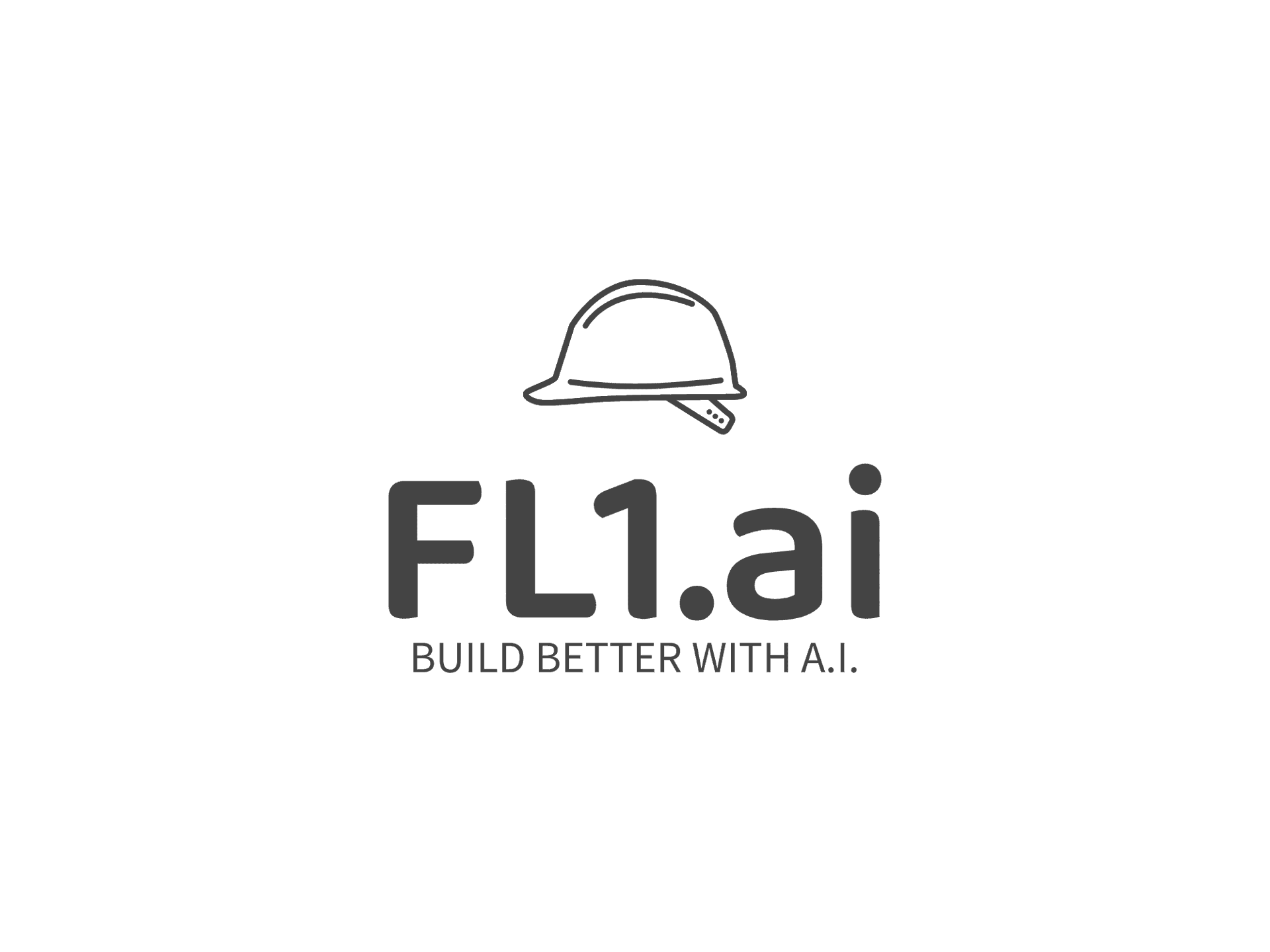Comparing Traditional vs. AI-Driven Construction Methods
Understanding Traditional Construction Methods
Traditional construction methods have been the backbone of the industry for centuries. These methods rely heavily on manual labor, skilled craftsmen, and time-tested techniques to create structures. The process typically involves a linear sequence of planning, design, and building.
One of the main advantages of traditional construction is its proven track record. Builders and architects have a deep understanding of these methods, ensuring reliability and predictability in outcomes. However, this approach can be time-consuming and labor-intensive, often leading to increased costs and project timelines.

Moreover, traditional construction methods may sometimes face challenges in terms of precision and adaptability. The lack of automation can result in errors that require costly corrections, making it difficult to keep up with the rapid pace of modern demands.
The Rise of AI-Driven Construction
In recent years, AI-driven construction methods have started to revolutionize the industry. By integrating artificial intelligence into the construction process, these methods offer enhanced efficiency, accuracy, and flexibility. AI technologies such as robotics, 3D printing, and machine learning are being used to streamline operations.
AI-driven construction brings several benefits to the table. For starters, it significantly reduces human error by automating complex tasks. This automation not only saves time but also ensures a higher level of precision. Furthermore, AI can analyze vast amounts of data to optimize project planning and execution.

Another advantage is the ability to adapt quickly to changes in project requirements or unforeseen circumstances. AI systems can provide real-time insights and solutions, enabling construction teams to make informed decisions swiftly.
Comparing Costs and Efficiency
When comparing traditional and AI-driven construction methods, cost and efficiency are critical factors to consider. Traditional methods often involve higher labor costs due to the manual nature of the work. Additionally, longer project timelines can lead to increased expenses.
On the other hand, AI-driven construction methods can help reduce costs by minimizing labor requirements and accelerating project completion times. The use of technology allows for better resource management and reduced waste, further contributing to cost savings.

While the initial investment in AI technology may be substantial, the long-term benefits often outweigh these costs. Companies can achieve more with less, optimizing their budgets for other important aspects of the project.
Impact on Workforce and Skill Requirements
The shift towards AI-driven construction also brings changes to workforce dynamics and skill requirements. Traditional construction relies heavily on manual skills and craftsmanship, requiring a large workforce with specialized training.
As AI technologies become more prevalent, there is a growing need for workers skilled in operating and maintaining these systems. This shift requires a new set of skills, including proficiency in technology, data analysis, and robotics.
The integration of AI in construction doesn't necessarily mean a reduction in jobs but rather a transformation. There is an opportunity for upskilling the workforce to meet the demands of modern construction practices.
The Future of Construction
The future of construction lies in the balance between traditional methods and AI-driven innovations. While AI offers numerous advantages in terms of efficiency and precision, traditional methods provide a level of craftsmanship and reliability that technology cannot fully replicate.

By combining the strengths of both approaches, the construction industry can evolve to meet the challenges of tomorrow. Embracing AI while preserving essential traditional skills will be key to building a sustainable future.
Ultimately, both traditional and AI-driven construction methods have their place in modern infrastructure development. The choice between them depends on project goals, budget constraints, and available resources.
